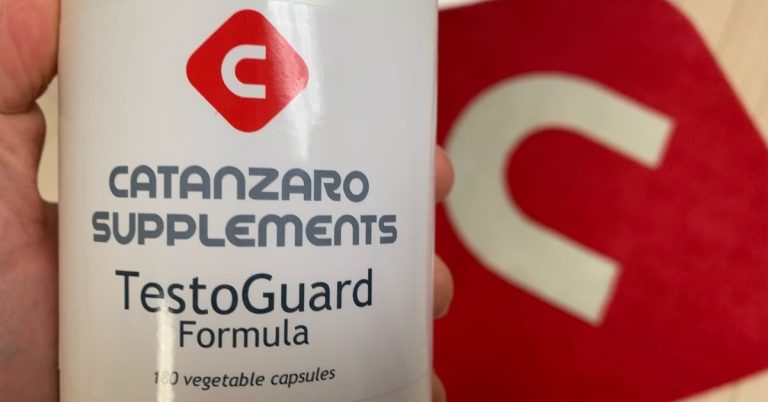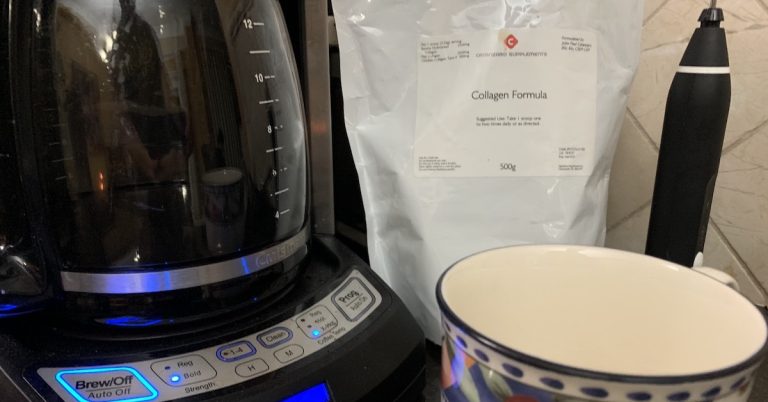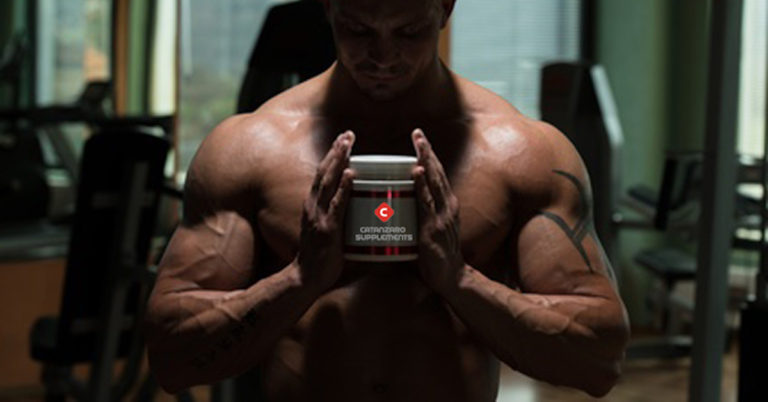In a research article titled “Ethnopharmacology and male bodybuilders’ lived experience with consuming sports nutrition supplements in Canada,” Brian Bailey discovered that bodybuilders often rely on their own experiences, and those of trusted others, when making decisions about consuming sports nutrition supplements.
Bailey also noted that there’s been a recent growth of research conducted on testing the efficacy of sports nutrition supplements on trained athletes. Three supplements that have been studied heavily over the years for their effect on muscle growth include creatine monohydrate, glucose polymers, and beta-hydroxy-beta-methylbutyrate (HMB).
Many bodybuilders agree that these supplements work. Let’s take a quick look at what science has to say about them.
The Most Effective Supplement for Strength Athletes
Creatine monohydrate is without a doubt the most researched sports nutrition supplement in the world. There are close to 400 studies listed on PubMed right now and about half of them deal with muscle and exercise performance. A review of the literature shows that “creatine monohydrate is the most effective ergogenic nutritional supplement currently available to athletes in terms of increasing high-intensity exercise capacity and lean body mass during training.”
Nutrition science expert Anthony Almada was an instrumental figure in introducing creatine monohydrate to the U.S. market in 1993. Almada is a bright guy and he seems to have the Midas touch when it comes to supplements. After the success of creatine, Almada introduced a unique carbohydrate powder to the U.S. market. It’s called Vitargo and clinical studies show that this stuff replenishes muscle glycogen levels quicker than anything else out there at the moment and it significantly improves exercise performance.
Don’t Step on the Accelerator with an Empty Gas Tank
When you adopt a low-carb approach, two things tend to happen. At first, you’ll start to shrink. You’ll notice it on the scale and in your clothes. Now, whether you attribute it to a reduction in calories, water loss, lower blood sugar and insulin levels, upregulation of fat-burning enzyme activity, whatever the case may be, it happens.
Although body composition improves initially, performance in the gym will eventually begin to suffer. Often, higher reps and lower rest intervals are used with the big, multi-joint movements to get lean. The approach works, but you can’t use it too long with progressively heavier resistance because as the workload increases, you “gas out” quickly!
After a while you need to add carbs back to the diet. A good strategy to use involves low-glycemic carbs early in the day, high-glycemic carbs right after training, and a balance of fibrous and starchy carbs in the evening. Some tweaking is required here and there, but for many people, that plan works well. Unfortunately, fear exists that high-glycemic carbs will invite a gain in body fat regardless of when they’re consumed, so they’re avoided even in the post-workout period. As a result, exercise performance declines in the following workout, and progress comes to a screeching halt.
Don’t make that mistake.
HMB for High Muscle Building
HMB is a metabolite of the branched-chain amino acid leucine. Bodybuilders along with strength and power athletes have used HMB for years to boost muscle mass and improve exercise performance. There are a number of studies that show that HMB is anti-catabolic (prevents muscle breakdown), anabolic (promotes muscle building), and lipolytic (reduces body fat) among other ergogenic benefits. In fact, in a meta-analysis of over 250 supplements, results showed that only HMB and creatine had sufficient scientific evidence supporting their ability to augment lean body mass and strength gains with resistance training. I’d say that HMB is a pretty good supplement to add to your arsenal.
A Post-Workout Cocktail that’s Shaken, Not Stirred
After experimenting with many products on the market, I found a combination that really seems to work well together. It involves the following four products: Catanzaro Supplements Post-Workout 2.0 Formula, GENR8 Vitargo S2, Genestra HMB Complex, and Health Equations Lyte CL. The Lyte CL is added to replace electrolytes lost from sweating as well as to facilitate creatine transport into the muscle cell through the sodium-potassium pump.
Through trial and error, I found that 1 scoop of each of the products above tends to work the best for most purposes. During high-volume training, you can experiment with a higher dose, but during a low-volume phase, you may want to consider the approach outlined on page 17 of Mass Explosion.
There are so many sports nutrition supplements out there, but only a few can really help you build muscle. Creatine monohydrate, glucose polymers, and HMB are three supplements that get results both in the lab and in real life. I believe that if you combine these supplements, you can amplify the effect of each one and get a better overall response. I haven’t seen a study on that yet, but science eventually confirms what athletes already know. So go ahead and pick the fruit while others study the roots.
![Mass Explosion: Blast Through Your Training Plateaus [Paperback]](https://theelitetrainer.com/wp-content/uploads/2019/08/Mass-Explosion-3D.jpg)
Mass Explosion: Blast Through Your Training Plateaus [Paperback]
A new muscle-building system developed by John Paul Catanzaro, author of The Elite Trainer.
Mass Explosion is a comprehensive guide to the art and science of building muscle. This book is filled with the latest, most up-to-date information available.
Learn how to build massive amounts of muscle, naturally. You can obtain “drug-like” effects without the drugs with the right system!
Face it, anyone can increase their size and strength after a few weeks of training, but can they keep getting results after months or years at it?
Sadly, for most people, the answer is no!

Introducing our New TestoGuard Formula
Unlock the full potential of your Testosterone Replacement Therapy with TestoGuard. Our carefully crafted formula is designed to support you

Supplement with Collagen Peptides
I’ve said it many times, you need to learn more to earn more! In addition to reading an hour a

My Workout Supplement Ritual
I’ve said it many times in the past, vegetables have all the benefits of fruit without the sugar, but that
follow
Error: No feed with the ID 2 found.
Please go to the Instagram Feed settings page to create a feed.
